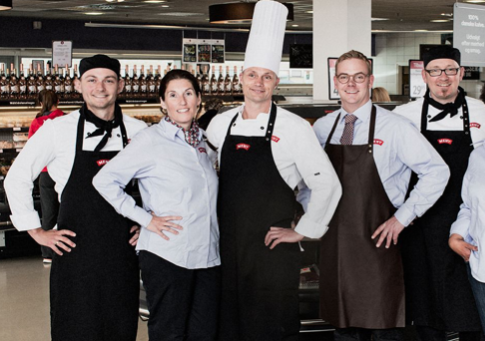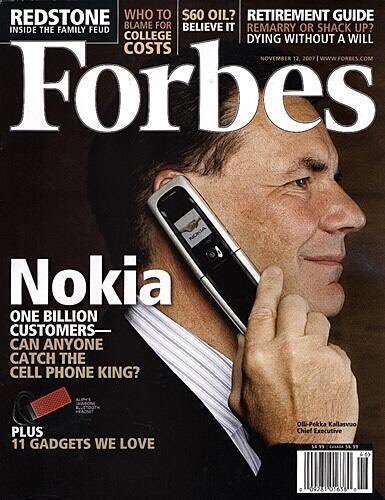3. When you start a new project, how do you set yourself up to win?
We set ourselves up to win, by providing a change methodology to the client that has a proven track record. We also understand that each company is different, so we research the new client and understand their business and markets, which enables us to fine-tune our methodology to their unique requirements. Built into the methodology are the measures and Governance so we can track “as is”, work out the milestones and set targets for “to be”.
4. We know that feelings and emotions drive human behaviour, but why do you think that storytelling is a powerful tool to build culture?
Storytelling is always powerful as we show our audience a metaphor that they can all relate to, "by putting yourself in the shoes of your client or prospective customer". It is great for taking a complex idea and turning it into something that people can understand.
5. Based on a prism of what’s working and what’s not from the customers’ perspective, how can your organisation realign to meet your customers’ needs?
We have decided to focus totally on social media as an organisation. Unlike the traditional full spectrum marketing agency that does websites, search engine optimisation (SEO), Pay Per Click (PPC) Advertising, PR and are a jack of all trades. While we know about these subjects, it’s not what we focus on, and this is our strength as our methodology allows us to align with our customer's needs and business issues.
6. How does trust relate to the customer experience and customer relationships? And what about its impact on employee engagement?
Trust is central to the way Marketing and Sales work today. Who do you turn to when you want to buy something? Your friends, your family and your network! The problem is that every supplier says they are the best, so much so that most corporate marketing today is just lost as noise. The fact of the matter is that nobody cares about your company and it’s products. There is an old saying that “people buy people” and they do. Which is why it is critical that you enable your salespeople and your employees to be the “experts” that people turn to when buying. In the past, we often spoke to people who said, “I wished I had spoken to you last week, as we have just purchased something”, social media enables you to build trust so that you increase your chances of that serendipity moment.
7. How do you use customer experience in the battle to win the hearts and minds of your customers?
We talk about the issues we are seeing in the market in the blogs we post http://www.social-experts.net/blog/ we have now posted some 100 blogs. These all take a business issue and then how we can solve it. Focusing on people, process and strategy rather than tools. We hope this creates a vision for our clients that they can see we can make an impact and enable them to get more leads and meetings than with the tools they used in the past, e.g. email marketing, advertising or cold calling.
8. In your experience, are external consultants better suited to engage employees in dialogue when discussing risks and benefits of customer experience management?
We think that external consultants are ideally placed to help a business, but then again we are biased. We often see, well-meaning people, trying to help people with social media, but it not really moving the needle. For example, we often hear about a person that found a Hubspot article on social selling and think that by working through it they become a social seller, or by reading my book is enough to become a social seller. If I get a book on judo and worked through it, I would get a good idea, but if I went into a judo fight I would lose. Here at Digital Leadership Associates (DLA), we help our clients understand buyer dysfunction and help them use social media (LinkedIn, Twitter, etc) as proactive methods to enable them to get leads and meetings. It’s worth saying that as an organisation we make no cold outbound, in fact, all our business comes from inbound. The opportunity to write this article came from inbound, this is what we teach our clients. There are a lot of people out there searching on social media and we help them find you and engage with you and they will only do that if you “appear” on social media as a trustworthy person.
9. Engagement is a challenge, but in your opinion, when you bring the suggestion to hire an external consultant to your bosses, what questions do you expect them to ask?
You say in your question that engagement is a problem, is it? The world has changed, engagement is a problem because most sales today are started via cold outreach. You are just another supplier and nobody trusts you. The great thing about social media and social selling is that people find you, if they trust you, then they will contact you. It is then about empowering people to buy, closing is dead, it’s all about empowering!
10. If your boss asks – “What extra value will this service bring?” How will you prepare for that from a business justification stand-point?
If a boss asks about “what the value will this bring” we will show the current return on investment (ROI) our clients are getting. We totally understand this question as most consultants work similarly on ERP or CRM projects - let’s take what we have and make it more efficient. This is great and you can, of course, run projects like this, as it assumes you spend to save and what you save is profit. Our social selling and methodology are different, as while we will get you efficiency savings, this is all about creating incremental (new) revenues for our clients.
Thanks Tim for taking time to answer my questionnaire, I am humbled and extremely grateful for your engagement.
































